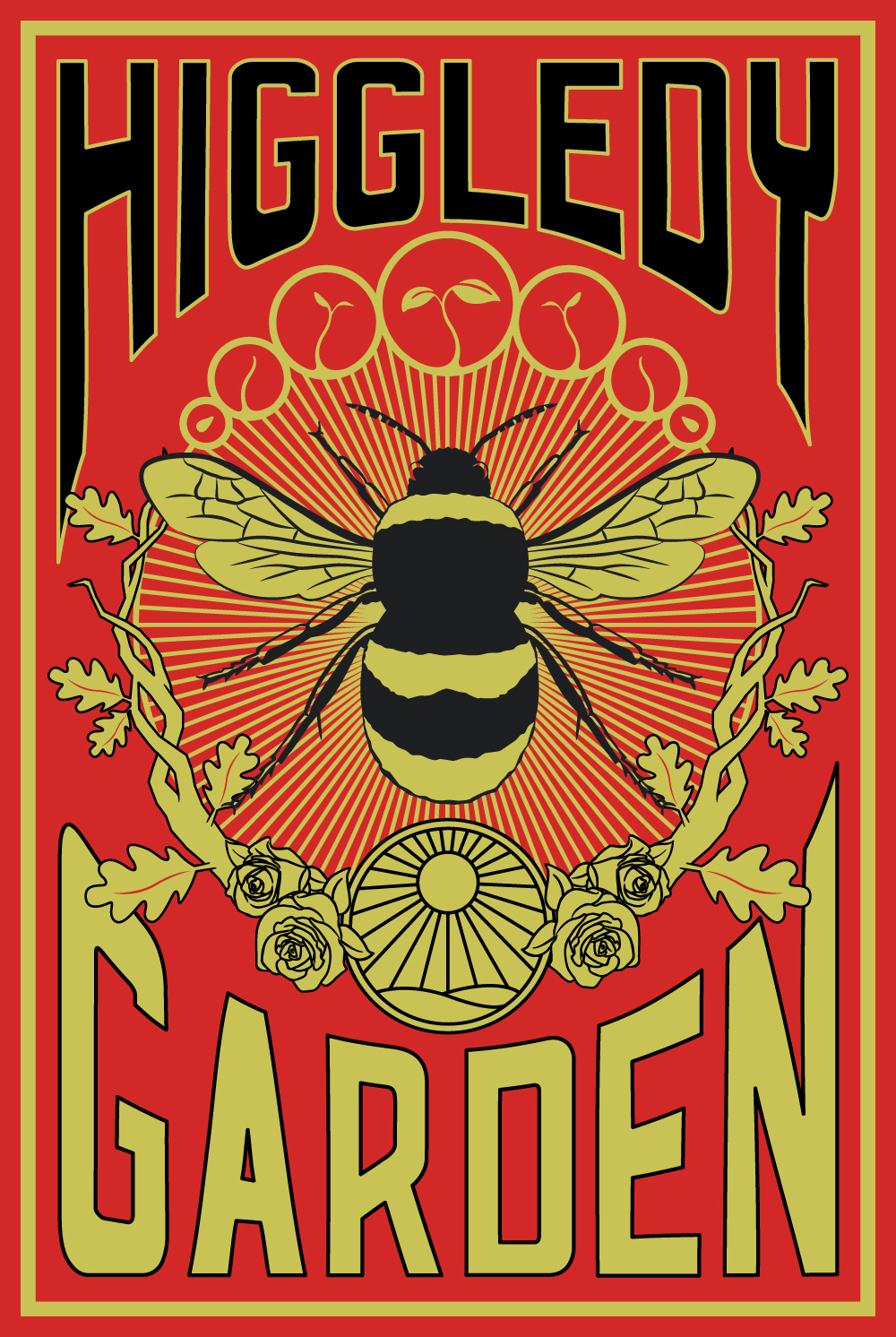Back to basics. Positioning Your Cutting Patch & Preparing Beds.

Positioning Your Cut Flower Patch.
Where to place your cutting patch is not an issue for most folk, it simply goes where there is space for it. It is rarely a case of, “Darling…do you mind terribly if I take a half acre behind the stream to grow some flowers….I know you and Tinky Splott-Fodger like to take the Goshawks down there and hunt those beastly otters but if I don’t grow some Cleome soon I shall simply expire…”
Often flower patches are set up in neglected veg patches. These are great as the soil has usually been looked after and it will probably be placed somewhere that is free draining and gets lots of sunshine.


The three main factors you want to aim for are:
*Full sun. ie As much as you can possibly get. On the whole annual flowers will moan and sulk if you try to grow them in any shade.
*Free draining soil. Waterlogged soil is a no-no. If the only patch of ground you have available gets very soggy then you can get around this by building some simple raised beds. Raised beds don’t have to have sides, they can just be mounded up soil.
*Sheltered from the wind. A sheltered patch will not only keep your flowers upright in a storm but it also keeps them warmer. Annual flowers are effectively loafers…they just want to hang out in warm sunshine being tickled by the bees. Give them what they want and they will return the favour.

Preparing Beds In Your Cut Flower Patch.
My own method for preparing beds is straightforward. This does need to be excessively hard work. It does not involve that double-digging game so beloved by vegetable gardeners.
Annual flowers tend to have fairly short roots…usually about 8 inches or so. I dig my beds no deeper than a garden fork.
Beds can be as long as you have space for but should only be as wide as so you can reach into the middle of the bed from each side. You don’t want to be treading on your beds if you can avoid it. I tend to work in Imperial measurements rather than metric when in the garden…it’s more classy. I make my beds three feet wide.

Dig, fork, and bash your soil down to a fine tilth. Tilth is a good word…use it whenever you can…it shows you know what you’re doing and it will impress your friends no end.
Higg Tip: Over the season we will be making sure we keep our soil ‘fluffy’…we don’t want it getting too compact. I use a Wolfgarten cultivator…and also their hoe. They are great and well-made tools. The heads are interchangeable…opt for the long handle…it is better for your back.

When the conditions are right, the soil should crumble like chocolate…and the whole digging process is a joy. The birds will be singing in the early spring air…the sky will be blue and crisp…your dog will be looking up at you with a face that says, “I think you must be Jesus.”
Take your time. Do little sections at a time. Working soil is great toil and it can fill you full of hope for the season ahead. Think about all the wonderful seeds you are about to buy from your favourite independent seed seller… ;)
Higg Tip: If you are cutting your flower beds out of an existing lawn then make the paths the same width as your mower…certainly no smaller. Some folk use chipped bark on top of weed fabric…but it’s not so good, if like me, you like to potter about barefoot in the flower garden during the summer.
‘No dig’ beds are in vogue right now…personally I find them a bit hit and miss and I’m not sure the eco-chic vibe they have stamped in them is perhaps as deserved as some may think. I talk about this more HERE.
Having said that, I am using a ‘no dig’ (ish) system this season on a large 150 sq meter patch….I will keep you posted.
Punter’s tips:
Ryan Lewis If the grass is that short just mark out your beds, add cardboard to the base of the bed and cover with a thick layer of compost/rotted manure. Cover and leave or sow direct into a layer of compost ![]()
Cathy Marchant Make sure the paths are big enough for your mower but it’s good to go for one or two times the width. Boringly practical advise but it will save time and irritation.
Cassie Maund-Powell Dig out all the couch grass roots, 7 years later just keep digging it out ![]() 😱
😱

Further reading: Books: The Flower Farmer’s Year by Georgie Newbery and The Cut Flower Patch by Louise Curley are both very informative and I suggest trying to get hold of them as inspirational reading for the season ahead.
Kind regards
Higgers & Flash
If you have any questions then please ask away…you can find me on Twitter or Facebook. …you can also find us loitering on Instagram.
Unrelated Waffle.
Me and the Ginger Menace went out for a pre-dawn walk this morning. When the sun started to rise on tother side of the birch wood, it looked like a stubble fire.

